5 Ways to Keep Wildlife at Bay
No man is an island and we all are constantly
sharing our spaces with wildlife.
People are the number one predator to most wild animals and not just from hunting and other detrimental practices. Sometimes, even the good hearted actions meant to help animals out, may inadvertently cause them harm. Here’s a guide to keep wildlife safe, as well as you, your family, and your pets.
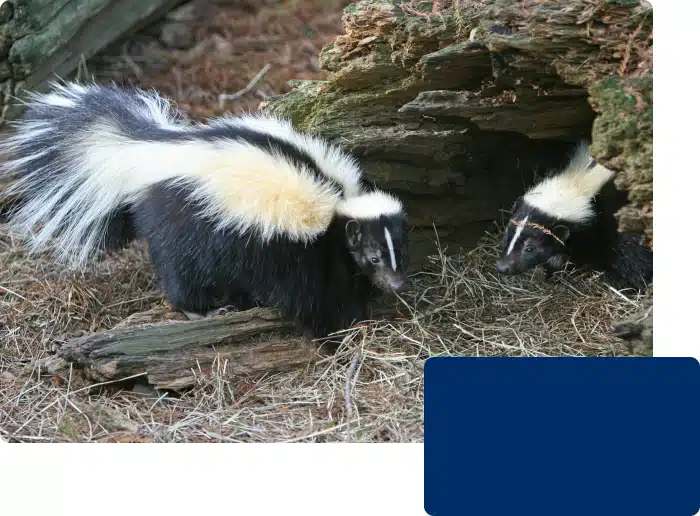
Make Small Habit Changes
These practices are also known as habitat management or habitat modification and are not as complicated as they may sound. Sure, there are extreme ways to do this: think of an ant problem solved by paving the lawn to prevent them from making colonies underground or removing your trees to prevent a carpenter ant infestation. That might not be what you desire, but it serves to give you an idea.
Other, more subtle ways to approach the problem are possible, you just need to understand that wild animals and insects come inside your house seeking water, food and shelter. A small change in some habits may go a long way in preventing infestation.
- Changing the location of your pets food container, or replacing it with an automated feeder will prevent wildlife from coming to look for food.
- Periodically trimming bushes and tree branches is a very good and simple way to reduce raccoons, squirrels and other climbing mammals to get access to your house or other structures.
- Regularly mowing tall grass.
- Maintaining areas inside and outside is a great way to reduce roaches, rodents and various insects, especially during the summer where the kids are at home and are prone to spilling drinks and food. Cleaning crumbs and leftovers is important as well.
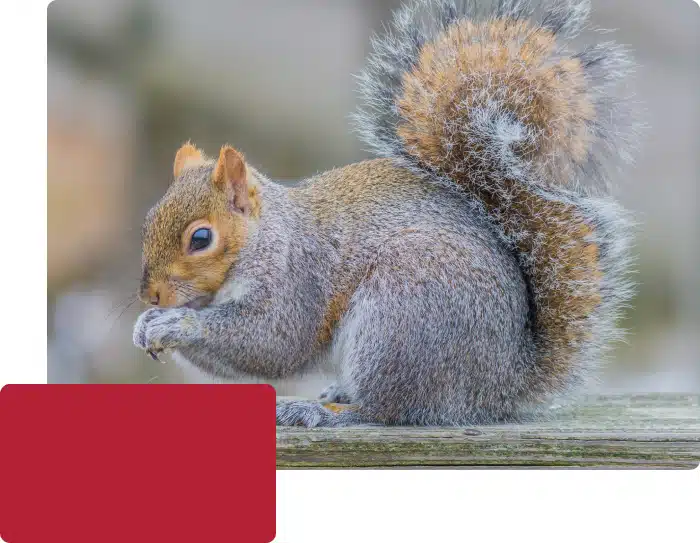

Limit your interaction with wildlife
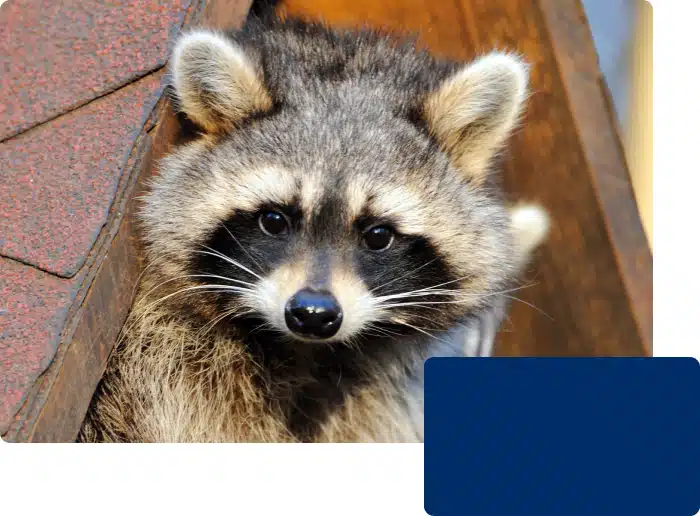
We know squirrels and raccoons are adorable and your kids may find them entertaining, but it is not a good idea to set feeders for them, even for birds, since the result will be the same.
Human interaction will be detrimental for them since they will lose their natural fear and start approaching people, which are their most lethal predator.
The best way to admire wildlife is from afar and support them by researching ways to help them locally through planting natives trees or supporting animal centers or rescuing organizations.

Reduce cluttered areas
You may have piles of wood in your backyard that are not entirely secure or out of access. These are the most common places to find ant or other creatures.
This may not seem so much of a problem because the insects are outside, but if the weather gets extreme, most of them will move their residence to dryer, warmer places.
Also, most insect species will set more than one satellite colony near the main one, which means that by having them outside, you may already have them inside your home.
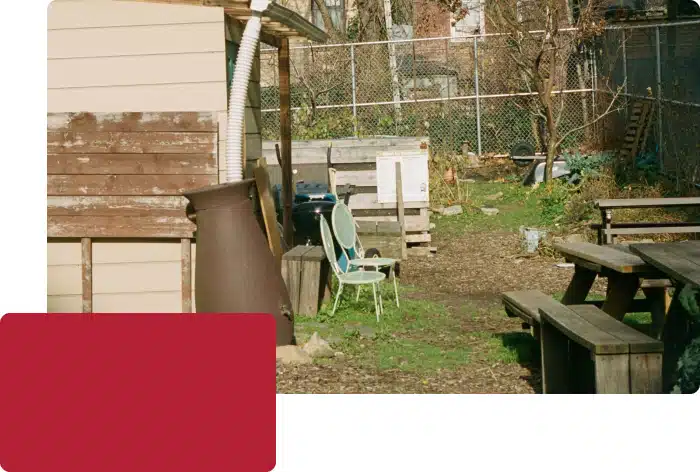

Tackle water damage in your structure
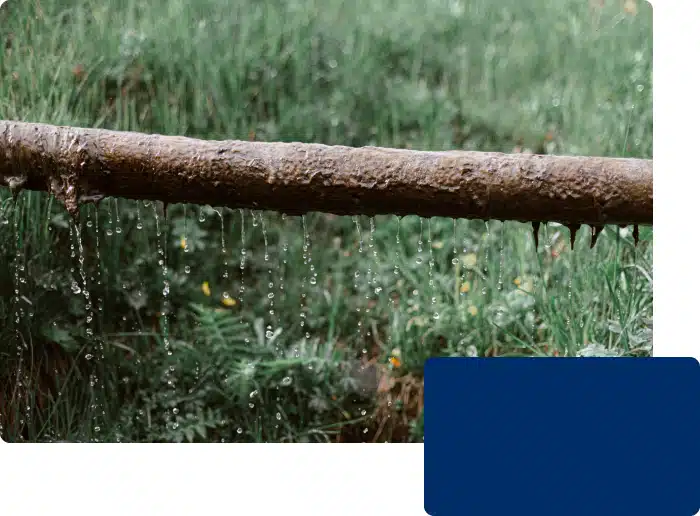
Looking out for humid areas is critically important, especially during winter where most creatures are looking for an easier entry point to man-made structures, treated by their heating. Check gutter lines often as well as roofing and flooring.
Repair water leaks as soon as you spot them. Pests infestations often take place after the structure has sustained water damage which facilitates a desirable environment for insects to infest the penetration of otherwise harder material.
Keep an eye on mold and rust. These decaying signals are picked up by wildlife more often than humans. Most rodents have teeth strong enough to chew on hard materials and will select vulnerable spots to try and gain entrance.

Seal cracks and crevices
Any small, confined place will suffice for insects to set their colonies and thrive. Ants and termites often look for window or sliding door frames, small cracks in flooring, spaces between carpet and the floor, spaces around the chimney, or kitchen sink, etc.
Some of them may also set up shop in between linen, roofing and the insulation material inside walls. The key to identifying this type of pest infestation is to look at the sawdust they left behind. If you see piles of dirt or frass here and there, you may have carpenter ants or termites.
All of these are good practices that will help you keep your family safe from the health risks related to pests and also keep your structure free of potential thousands-of-dollars worth of damage. Prevention is key. However, if you suspect you’re past that stage and need help, call AMPEST to set an inspection today.


Monday - Friday: 8:30am - 5:00pm
Saturday: 8:30am - 12:00pm
Contact Us
"*" indicates required fields
